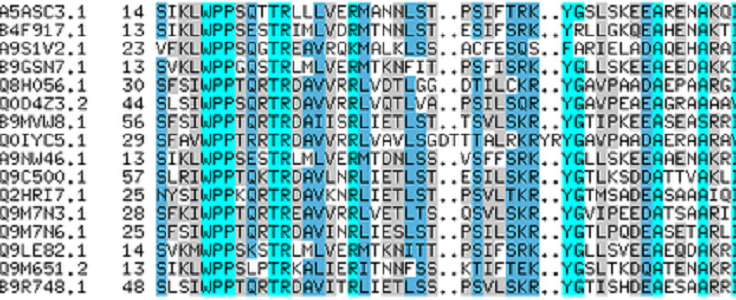
Bioinformatics
Bioinformatics (/ˌbaɪ.oʊˌɪnfərˈmætɪks/ (![]() listen)) is an interdisciplinary field of science that develops methods and software tools for understanding biological data, especially when the data sets are large and complex. Bioinformatics uses biology, chemistry, physics, computer science, computer programming, information engineering, mathematics and statistics to analyze and interpret biological data. The subsequent process of analyzing and interpreting data is referred to as computational biology.
listen)) is an interdisciplinary field of science that develops methods and software tools for understanding biological data, especially when the data sets are large and complex. Bioinformatics uses biology, chemistry, physics, computer science, computer programming, information engineering, mathematics and statistics to analyze and interpret biological data. The subsequent process of analyzing and interpreting data is referred to as computational biology.
Computational, statistical, and computer programming techniques have been used for computer simulation analyses of biological queries. They include reused specific analysis “pipelines”, particularly in the field of genomics, such as by the identification of genes and single nucleotide polymorphisms (SNPs). These pipelines are used to better understand the genetic basis of disease, unique adaptations, desirable properties (esp. in agricultural species), or differences between populations. Bioinformatics also includes proteomics, which tries to understand the organizational principles within nucleic acid and protein sequences.[1]
Image and signal processing allow extraction of useful results from large amounts of raw data. In the field of genetics, it aids in sequencing and annotating genomes and their observed mutations. Bioinformatics includes text mining of biological literature and the development of biological and gene ontologies to organize and query biological data. It also plays a role in the analysis of gene and protein expression and regulation. Bioinformatics tools aid in comparing, analyzing and interpreting genetic and genomic data and more generally in the understanding of evolutionary aspects of molecular biology. At a more integrative level, it helps analyze and catalogue the biological pathways and networks that are an important part of systems biology. In structural biology, it aids in the simulation and modeling of DNA,[2] RNA,[2][3] proteins[4] as well as biomolecular interactions.[5][6][7][8]

